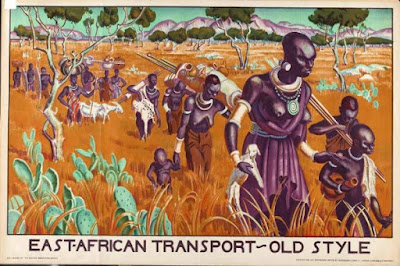After some consideration I have chosen to explore the essay question 'What is the Role of Print Media in the Digital Age?'. Traditional print methods, such as screen printing, are a medium I typically like to use within my own personal work and I am interested in exploring this relationship between traditional and digital, the old and the new, and if they can coexist.
Essay map:
Introduction
Thesis - print as a medium has evolved dramatically since its conception, and traditional and digital printing methods compete against each other as each evolves independently.
Argument
Print Media - the way ‘information’ is presented through a physical format (newspapers, magazines, zines, posters, flyers/physical adverts, business cards)
Digital Media - the way ‘information’ is presented through a digital format (websites (social media, blogs, information websites), phones / apps, TV)
Brief history of traditional print (letter press then screenprinting) and the rise of digital printing methods > digital overtakes traditional printing as technology evolves to adapt to societies wants and needs
Look at printing in two separate, distinct terms - print for information media (newspapers etc) and print used with the broader arts (fine art, graphic design, visual communication)
Look at the changes in terms of the way people produce print media - newspapers and magazines go digital, a noticeable decline in traditional art printing methods, digital technology has allowed the consumer to also become the producer
Look at the changes in terms of the way people consume print media - higher consumption than ever before means costly, slow printing cannot keep up with the demand, art is also produced in a more disposable way thanks to technological changes
Look at the way print vs digital has allowed people to market themselves, both businesses and artists - digitalisation has allowed globalisation
Links to postfordism - due to changing technology our work ethic has shifted, production has shifted and consumption has shifted
The roles of print vs. digital in society - print is traditional, historic, heritage. Print is a luxury, in terms of both producing and consuming. People take more time to physically screen print a poster than they would if they just pressed print, people take time out of their Sunday’s to read the paper, people spend money on making physical items, people spend money on buying physical items. Digital is easy, fast to produce, update and distribute, often free, widely accessible, international
Conclusion
Traditional and digital methods will always be distinct from one another, neither will ultimately become redundant, they may always compete but they will always find a way to coexist
Starting References
Davis, M. 2012. A New Paradigm. In: Graphic Design Theory (212-213). London: Thames and Hudson.
Peters, A. Look and Yes. Made You Look. 2015. Documentary. Available at:
Rozendaal, R. 2015. Internet + Money + Art + Work + Labour, Rafael Rozendaal in Conversation with Himself, in No Internet, No Art: A Lunch Bytes Anthology. ed Bühler, M. Ram Publications and Distributions, The Netherlands. pp 214-215.



